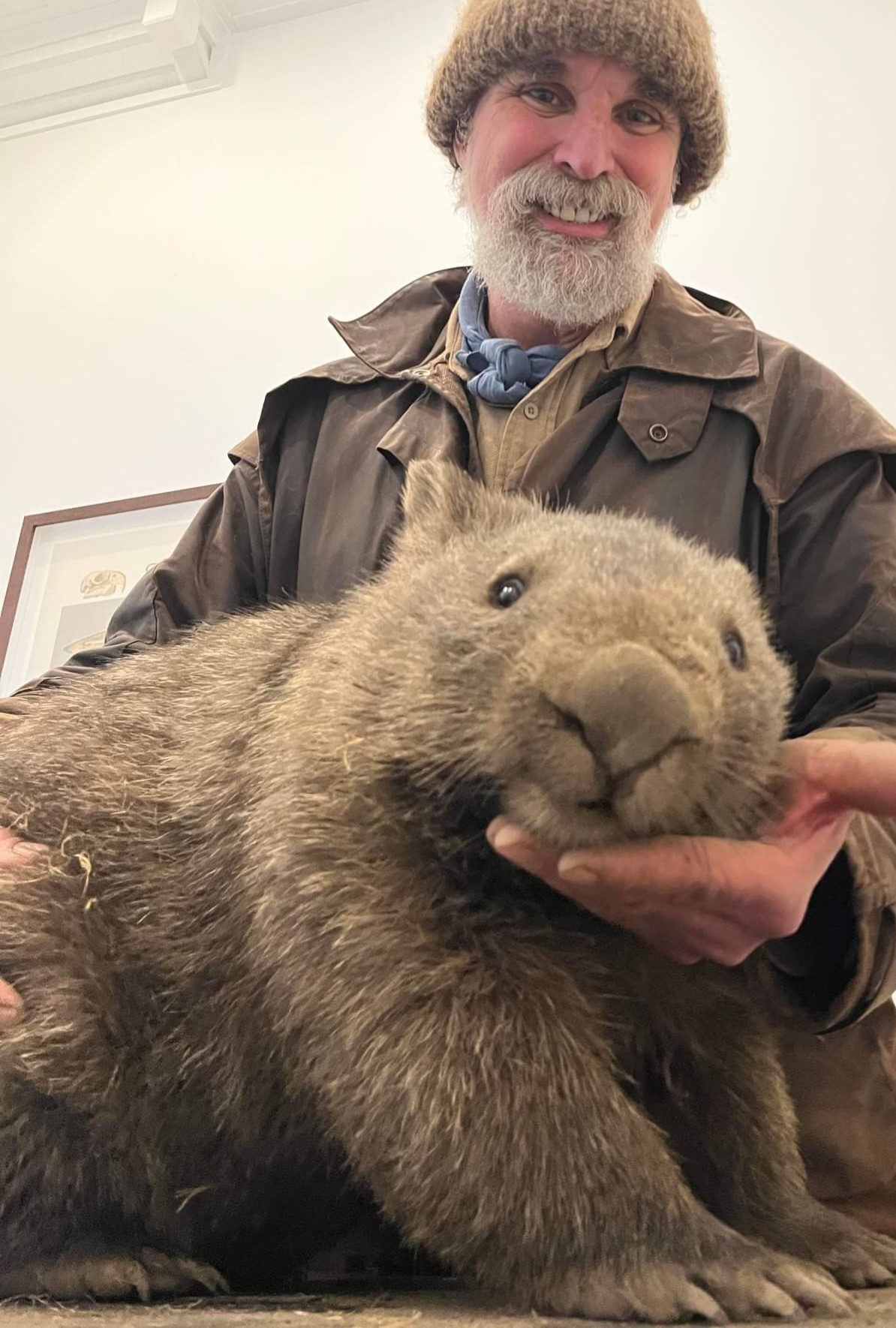
Overrun with the demands of wombat rescues and care across Wingecarribee Shire, Wombat Man, John Creighton, says having ‘eyes in the field’ has been a game-changer. Twelve night vision cameras are now in use to support Wombat Care Bundanoon’s tireless conservation efforts. A life-saving leap forward, made possible ty grand funding through Council’s Community Assistance Scheme.
“We’re so grateful for this very timely grant funding toward our efforts when we needed it most,” John Creighton said. “We’ve been able to invest in infrared cameras to help us track and treat wombats in the wild, or when we’re called out to a rescue by a landowner, as well as to monitor recovery within our enclosures.”
Using the easily concealed cameras, John can see whether a wombat is using is burrow, getting its dose of medications, or has a joey, among a wide range of practical field applications.
Awarded the 2019 Wildlife Rehabilitation Award by The Australian Wildlife Society, John says the grant has made all the difference to his capacity for doing his very best work out in the field. “We are ridiculously short on available hands to cope with the current level of demand, which keeps me busy around the clock.
This grant has given us the tools we need to continue to forge ahead with a high standard of care.”
Cameras installed throughout the Southern Highlands inform the most effective inter-ventions and treatments. “As technology rapidly evolves, it’s becoming more accessible, and proving greatly effective in preserving wildlife all over the world,” John says. “It’s amazing to be able to replace the comparatively primitive cameras we purchased for over $200 a decade ago, with this new generation that have vastly improved capabilities, at a fraction of the cost (around $60 each).”
With extra eyes on wombats suffering the painful effects of mange, Wombat Care Bundanoon is better positioned to treat the condition promptly and effectively. “We can’t be everywhere at once but with the cameras we can monitor multiple sites to see that the treatments we dispense get onto the wombats in the proper does,” John explains.
Carers pay for the medications themselves at a cost of almost $1200 for a 15 litre container and it takes around half a litre to fully treat a wombat. Many additional costs are entailed and since the 2020 bushfires, John has seen alarming growth in the condition across our northern and southern villages. “Without this grant, we wouldn’t be in a position financially to expand on the work we are doing in the way these cameras are supporting us to do,” John says. Each year, John treats up to 200 wombats and now hopes to be able to manage whole area population treatments in the near future.
To beat the spread of mange, more helpers are needed. There are so many ways you can get involved, from organising a Wombat Awareness visit your school, to making a donation or getting more hands-on. Connect with John to ask how you can help
For weekly updates on all that’s happening across our shire join Council’s Your Shire e-news







